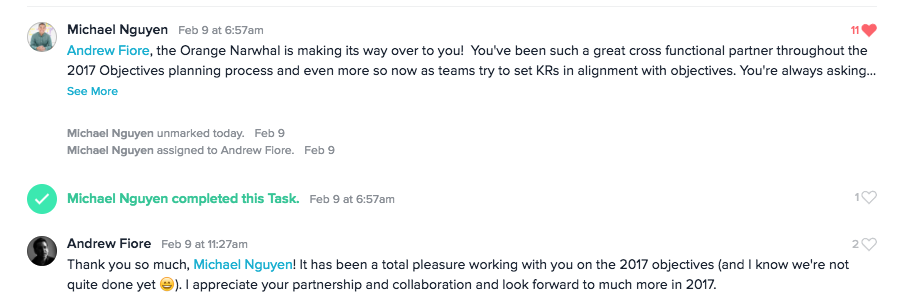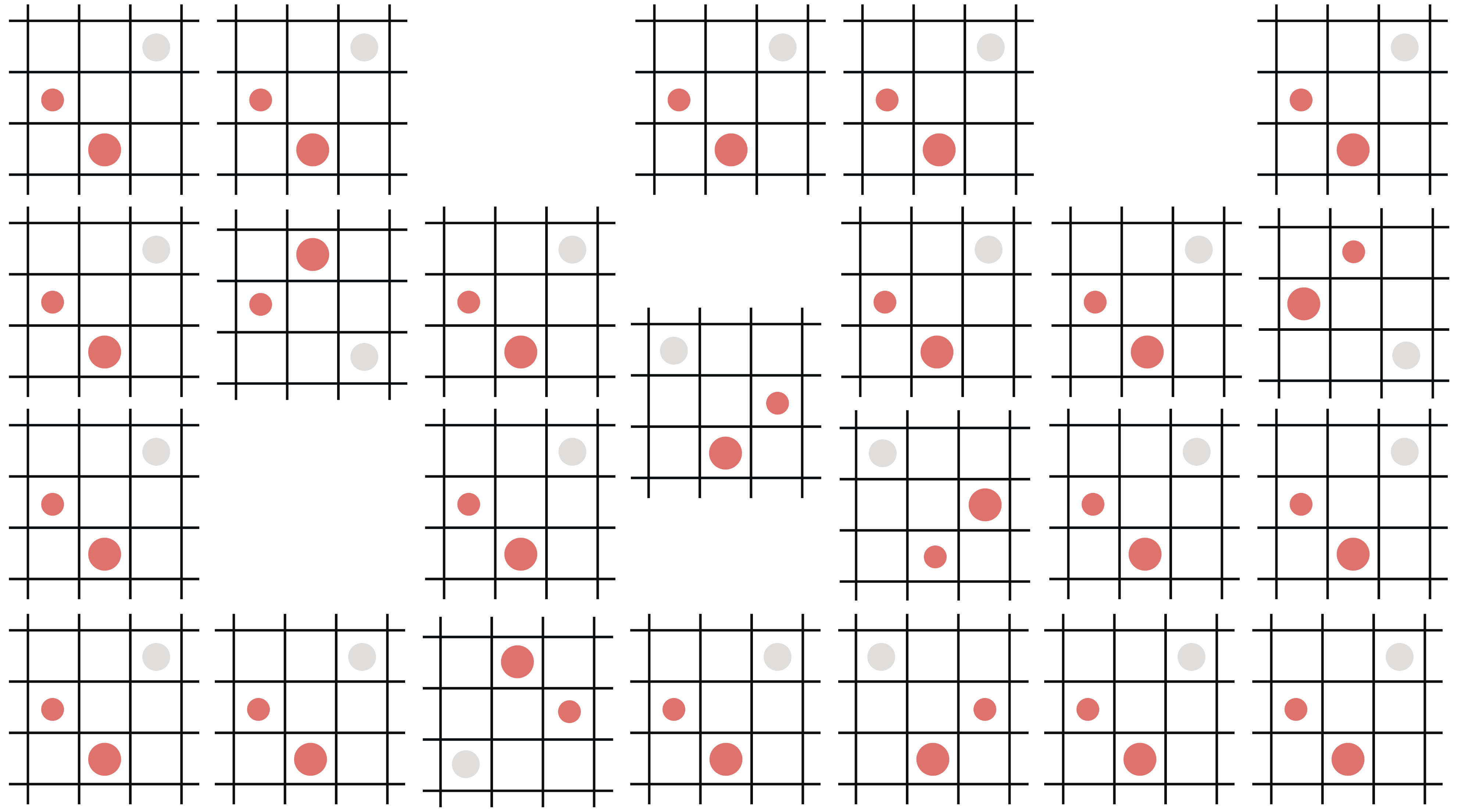Every day is Employee Appreciation Day: How we show gratitude at Asana

Why is employee recognition important?
Showing appreciation and gratitude is scientifically proven to benefit your health, happiness, and productivity. At work, showing appreciation not only feels good, but also helps to build a diverse and inclusive environment, and provides extrinsic motivation for some.
It’s also really empowering: Showing someone that you value them indicates that you trust them, thereby enabling them to take on more responsibilities or to express themselves more fully in the workplace.
Finally, employee recognition actually has a return on investment (ROI) for your business. Appreciation in the workplace leads to happier, more fulfilled employees—which means lower turnover and higher quality work. In celebration of Employee Appreciation Day, we’d like to share some of the ways we show our gratitude at Asana—not just today, but every day.
How we recognize employees at Asana
At Asana, we show appreciation in several different ways: on our respective teams, across the company, and in our product.
We celebrate as teams
The key to showing appreciation on your team is to find something that everyone feels comfortable with. Keeping acts of gratitude special—whether it’s by limiting cadence or by sharing them broadly with your team or company—is important to make people feel appreciated and not just like you’re paying them lip service.
For example, our product and content marketing team uses the final five minutes of their weekly meeting to celebrate one another, offering kudos or gratitude as a way to wrap up the meeting on a positive note. Our recruiting team, on the other hand, has a board where teammates can post “Tiny gratitudes” for one another. Providing ways to show appreciation in writing or in real time is important so that everyone’s comfort level is respected.
Cross-company appreciation
As a company grows, it becomes more and more important to provide avenues for recognition across every team, and ways to show appreciation for entire teams as well as individuals. It’s also important to remember that appreciation can be shown by anyone, for anyone.
We try not to limit showing appreciation from the top-down only; individual contributors can show appreciation for their managers, and anyone can show appreciation for their peers across the organization. By broadening the group of people who are sharing and receiving appreciation, we provide even more opportunities to show gratitude.
There are a few different ways we do this, such as the Asana flag, which is transferred at each company all-hands meeting to a new team based on a recent achievement or contribution. We also have a “Love” project in Asana, which is open to the entire company and where people can post appreciation for individuals, teams, or causes they care about. It provides a low-friction, low-pressure way for people to express their gratitude but still gives high visibility.
Finally, we have several traveling narwhals and whales—stuffed animals that are given to a new recipient every two weeks as a sign of gratitude. They “swim” around the office, and those interested receive updates on who has received a narwhal or whale and why.


In-product appreciation
Finally, we build appreciation into our workplace by building it into our product. Our hearts feature provides an easy way for every Asana user (which includes our entire organization) to show their appreciation for someone else’s ideas, contributions, actions, or commitments—with just one click.

A little appreciation goes a long way
Showing appreciation is a simple way to connect with your teammates and coworkers across the organization, and it’s easy to get started. Whether you introduce a line item to your standing meeting agenda or provide a space in the office to show gratitude, even the tiniest act of appreciation can go a long way towards improving your team’s happiness, health, and productivity.
Our team is growing, and always looking for people who will contribute to our culture of appreciation. Does that sound like you? We’d love to hear from you.

